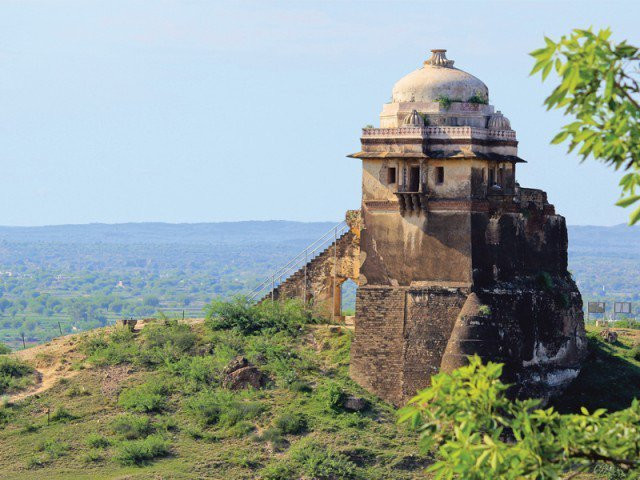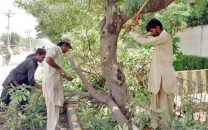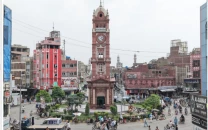Unbreachable? Rohtas Fort falling prey to time and ruin
Visitors urge Punjab govt to take measures to preserve the historical site

The towering remains of Haveli Man Singh. PHOTO: EXPRESS/FILE
The fort, which was deemed a World Heritage Site by the United Nations Educational, Scientific and Cultural Organization (UNESCO), stands as a unique historical asset of the country and attract tourists and archaeological experts from the across the world.
Rohtas fort — the treasure of Potohar
The fort also houses a residence of Raja Maan Singh, one of the most trusted generals of Mughal emperor Akbar, who stayed here briefly after Suri’s death.
Maan Singh's residence had been built at the highest point in the fortress.
Rohtas Fort blended architectural and artistic traditions from Turkey and the Indian subcontinent, thereby creating the model for Mughal architecture and its subsequent refinements and adaptations (including the European colonial architecture that made abundant use of that tradition).
Most noteworthy are the sophistication and high artistic value of its decorative elements, notably its high and low relief carvings, its calligraphic inscriptions in marble and sandstone, its plaster decoration, and its glazed tiles.
Having never been breached by any force for the time it was manned as a key 16th-century military installation, it has now fallen to the ultimate conquer: time and ruin.
Published in The Express Tribune, October 28th, 2018.


















COMMENTS
Comments are moderated and generally will be posted if they are on-topic and not abusive.
For more information, please see our Comments FAQ